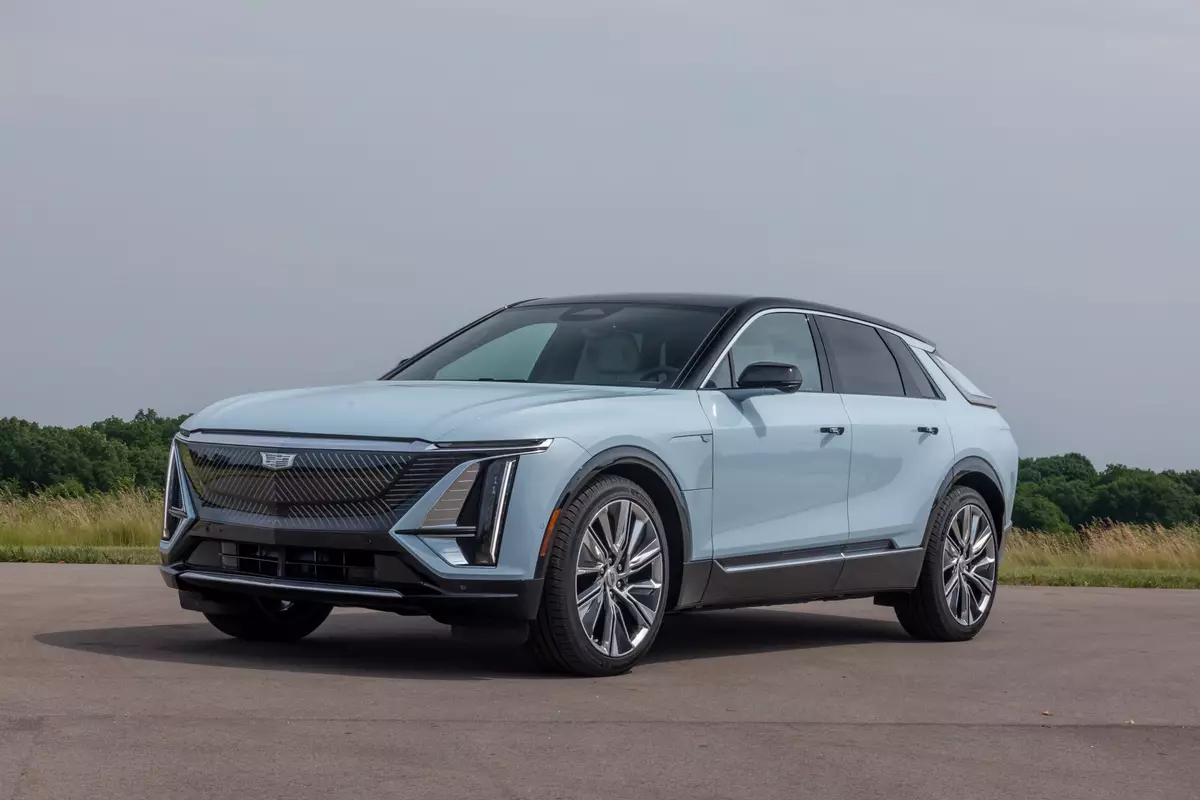The Morning Call and Mcall.com's view
Looks, as the cliche goes, can be deceiving. Take this week’s test car, the 1986 1/2 Volkswagen Quantum Syncro. At first glance (and even second and third) it appears to be a mid-size imported station wagon. It is cleanly styled and has a certain upscale look about it. But nothing really separates it, in appearance, from other station wagons in this class.
The Quantum Syncro, however, is very different. In addition to a five- cylinder engine, five driveshafts, five-speed transmission and three differentials, it features a permanent four-wheel drive system that is not only unique but unobvious. Passengers and maybe even the driver won’t know it is four-wheel drive. It is that smooth.
But why a four-wheel drive or, as VW prefers to call it, all-wheel drive, station wagon? Why not? The four-wheel drive market has been growing over the past couple of years and a good percentage of those buying these vehicles are not in the least interested in off-road running (as are the traditional four- wheel drive owners) but rather more in driving security under adverse road conditions. And for this, you certainly don’t need a truck-type vehicle.
The Quantum Syncro (test vehicle supplied by Lehigh Valley Volkswagen, 1346 Lehigh St., Allentown) permanent four-wheel drive system means the driver does not have to make a choice. There is no pondering whether to use four- wheel drive or two-wheel drive. That decision has already been made and there is nothing the driver can do about it. Also, Volkswagen points out (correctly too) that drivers of part-time four-wheel drive vehicles must learn two sets of handling characteristics, while drivers of permanent four- wheel drive vehicles have the same steering, ride and handling characteristics at all time.
Just to dispel the idea that the driver of the Syncro is just some stiff sitting there and letting the car do all the thinking, it should be noted that the driver does have a choice of locking differentials when the going gets tough via a dash-mounted pullout knob. If the Syncro starts bogging down in the snow, sand or mud, the knob can be pulled to the first detent to lock the center differential. This will equalize torque fore and aft, distribute power evenly and, in addition to improving traction, improve low-speed braking on hazardous slippery roads. If things get tougher – such as when the Syncro is stuck or on the verge of getting stuck, the knob is pulled fully out to lock the center and rear differentials. This should provide super traction. (The front differential can’t be locked since, obviously, that would lock the steering.)
The test vehicle did not handle like most four-wheel drive vehicles (when engaged in four-wheel drive). In fact, it handled like a sports sedan. But, then, this is what VW claims it can do. With its firmly-tuned four-wheel independent suspension (MacPherson struts up front, semi-trailing ar ms in the rear), low center of gravity (ground clearance is only 5 inches), low-profile tires, the test vehicle went around curves, corners and cloverleaves with a good deal of finesse. The ride is a bit firm but not overly so.
Powering the vehicle is a fuel-injected 136 cubic inch/2.2-liter five- cylinder engine rated at 115 horsepower at 5,500 rpm and 126 foot pounds torque at 3,000 rpm. Five-cylinder gasoline engines are not really all that common. In fact, this one, which was designed by Audi in 1978 (Audi is part of Volkswagen), is the only one around. It is somewhat of a novelty but a fine- running engine. What has always fascinated me about this engine (whether in an Audi or VW) is that it has its own particular sound. It sort of growls. This probably has something to do with the counterweights needed for balancing.
But, anyway, the engine does run well and provides good performance for the Syncro. Helping to get the most out of this engine is a smoo h-shifting, close ratio, five-speed transmission. Play the gears right and you could get 0-60 mph in about 10 seconds. VW claims a top track speed of 113 miles per hour. Like other German cars, this one was obviously designed for the Autobahn. The test vehicle averaged 15 miles per gallon for city driving and 22 mpg over the highways. With a compression ratio of only 8.5:1, unleaded regular can be used. Also, the vehicle has a big 18.5 gallon fuel tank.
The Quantum Syncro has a wheelbase of 100.4 inches, overall length of 178.9 inches, width of 66.7 inches, height of 57.5 and curb weight of about 2,900 pounds. There’s room for five and plenty of luggage. The cargo area is rated at 38.4 cubic feet and 71.9 cubic feet with the rear seat folded. In typical Volkswagen fashion, the seats are firmer than most other cars but quite comfortable.
Base price for the Syncro is $15,645. This is beginning to get up there but keep in mind all four-wheel drive vehicles are more expensive than comparable two-wheel drive vehicles. Standard equipment includes air conditioning, tinted glass, rear window wiper/washer, dual outside mirrors and a nice degree of interior and exterior trim. Full price on the test car came to $17,065: delivery, $320; metallic paint, $150; AM-FM stereo with cassette, $390; luggage cover, $100; cruise control, $210, and sport seats, $250.
Latest news



